Find the Right Board
Selecting the link provides details of the program board including specs and a brief description. Costs are is US dollars. Look for local suppliers when purchasing.
Additional details
| Year band(s) | 5-6, 7-8, 9-10 |
|---|---|
| Content type | Article or research |
| Format | Web page |
| Australian Curriculum Digital Technologies code(s) |
AC9TDI6K01
Investigate the main internal components of common digital systems and their function
AC9TDI6K02
Examine how digital systems form networks to transmit data
AC9TDI8K01
Explain how hardware specifications affect performance and select appropriate hardware for particular tasks and workloads
AC9TDI8K02
Investigate how data is transmitted and secured in wired and wireless networks including the internet
AC9TDI8P04
Define and decompose real-world problems with design criteria and by creating user stories
AC9TDI8P08
Generate, modify, communicate and evaluate alternative designs
AC9TDI10K01
Investigate how hardware and software manage, control and secure access to data in networked digital systems
AC9TDI10P08
Generate, modify, communicate and critically evaluate alternative designs |
| Technologies & Programming Languages | Electronic programming boards |
| Keywords | Program boards, Microcontrollers, Prototyping, Sensors, Maker spaces, Programming |
| Integrated, cross-curriculum, special needs | Design and Technologies |
| Organisation | Maker Media |
| Copyright | 2004-2016 Maker Media, Inc. May be subject to Copyright Act statutory licence. |
Related resources
-

Books for exploring Digital Technologies concepts
Use these suggested books or similar to identify and discuss key concepts, key ideas and related ways of thinking about Digital Technologies.
-
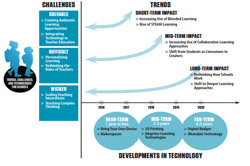
NMC Horizon Report
This report profiles the trends and key technologies and practices shaping the future of teaching and learning, and envisions a number of scenarios for that future. It is based on the perspectives and expertise of a global panel of leaders from across the higher education landscape.
-
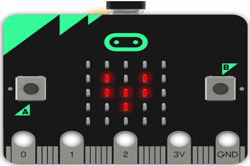
The Micro:bit Matters
In this article, Gary Stager introduces and explains the BBC micro:bit. He discusses pros and cons of the device, prices, compatible programs to use with it, resources to help understand the Micro:bit and other technological devices on the market.
-

The Big Book of Computing Pedagogy
This guide focuses on approaches to teaching computing in the classroom, and includes pedagogically themed articles. It is structured around twelve pedagogical principles, originally developed by the Raspberry Pi Foundation for the National Centre for Computing Education in England.
-
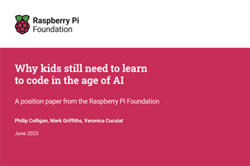
Why kids still need to learn to code in the age of AI
This report put forward evidence that even in a world where AI can generate code, we will need skilled human programmers who can think critically, solve problems, and make ethical decisions. It puts the case forward that young people need to learn to code because it is the most effective way for them to develop the mental models and fluency to become skilled human programmers.
-
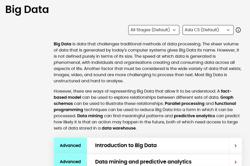
Big Data
This comprehensive online guide, provides a background on big data. This topic has information on data mining and predictive analytics.
-
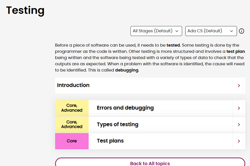
Testing
This comprehensive online guide, provides a background to testing code. This topic has information on debugging and writing a test plan.
-
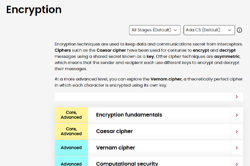
Encryption
This comprehensive online guide, provides a background to encryption.
